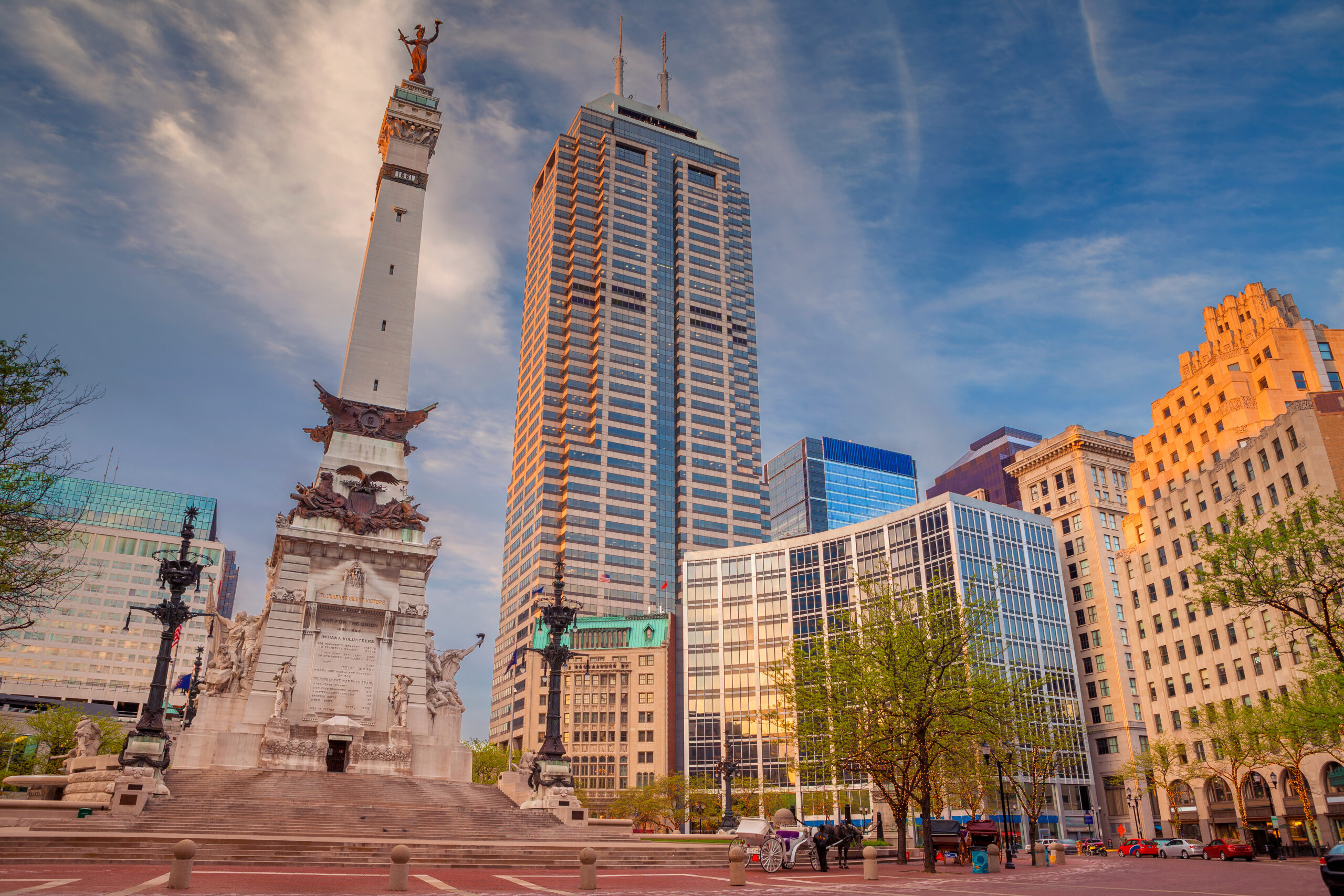Honoring the Past While Building for the Future
As someone who has spent his entire life and career in Indianapolis, I’ve come to understand the deep value that history brings to a city. Our buildings, our streetscapes, and even our old warehouses hold memories—stories of industry, culture, and community. But in many Midwestern cities, these historic structures often get written off as outdated or obsolete. That’s where adaptive reuse comes in.
Adaptive reuse—the process of repurposing old buildings for new uses—is one of the most powerful tools we have for revitalizing our urban cores. It’s not just a preservation strategy; it’s a forward-thinking solution to economic development, sustainability, and community identity. In the Midwest, where we’re rich in industrial and architectural history, adaptive reuse is more than a design trend. It’s a pathway to a more vibrant and resilient future.
What Is Adaptive Reuse?
Adaptive reuse is about giving old buildings new life. It might mean turning an old school into affordable housing, a factory into a creative workspace, or a church into a community center. The idea isn’t to erase the building’s history, but to build upon it—to take what’s already there and reimagine it in a way that meets today’s needs.
I’ve worked on many development projects across Indiana and surrounding states, and I can tell you: the buildings that generate the most buzz and excitement are often the ones that have been brought back to life, not built from scratch. There’s something deeply satisfying about preserving the bones of a structure and making it relevant again. It creates a bridge between generations and reminds us that progress and preservation are not mutually exclusive.
Why the Midwest Is Ripe for Reuse
Midwestern cities like Indianapolis, Detroit, St. Louis, and Milwaukee are filled with buildings that once served as the backbone of American manufacturing, education, and commerce. Many of these structures are solidly built, with beautiful materials and craftsmanship that would be prohibitively expensive to replicate today.
These cities also face a common challenge: how to grow in a way that’s sustainable, affordable, and respectful of local character. Adaptive reuse helps address all three. Instead of demolishing and rebuilding, we can conserve materials, reduce construction waste, and retain the architectural charm that makes each city unique.
In places like downtown Indianapolis, I’ve seen how a single well-executed adaptive reuse project can spark the revitalization of an entire block. When you preserve a structure that residents remember—an old firehouse, a historic hotel—you’re not just saving a building. You’re restoring a piece of identity, and people respond to that.
Sustainability You Can See and Feel
One of the strongest arguments for adaptive reuse is sustainability. Reusing existing buildings dramatically cuts down on the environmental impact of construction. It reduces the need for new materials, limits landfill waste, and often requires less energy than ground-up development.
But sustainability isn’t just about energy efficiency or carbon footprints. It’s about making smart, long-term choices that support the health of our cities. When we adapt older buildings, we often bring them up to modern code, improve their insulation and systems, and introduce them to a new generation of users.
And just as important: people love to be in these spaces. There’s something authentic about brick walls that have stood for a hundred years or wooden beams that have supported decades of work or worship. These places feel lived-in, grounded, and human—which is exactly what our cities need more of.
The Challenges and Rewards
Of course, adaptive reuse isn’t always easy. Older buildings come with their share of challenges—unpredictable conditions, outdated layouts, complex zoning issues, and sometimes, higher upfront costs. It takes creativity, patience, and collaboration between developers, architects, preservationists, and city planners.
But I’ve found that the rewards almost always outweigh the obstacles. Not only do these projects offer a compelling return on investment, but they also contribute to long-term neighborhood stability. They create jobs, attract small businesses, and often lead to increased property values in surrounding areas.
In my experience, some of the most successful adaptive reuse projects are the ones that involve community input from the start. When residents are part of the conversation—when they help shape what a building becomes—they’re more likely to support it, visit it, and take pride in it.
Looking Ahead
The future of Midwestern cities doesn’t lie in forgetting our past—it lies in creatively reimagining it. Adaptive reuse offers a way forward that is both practical and visionary. It allows us to honor our history while meeting the demands of a modern economy and an evolving population.
As cities continue to grow and change, we should ask ourselves: What stories are we saving? What spaces can we bring back to life? How can we use design not only to build, but to reconnect?
In my role as an architect and real estate developer, and through my volunteer work with design-focused nonprofits and initiatives, I remain hopeful. I see the momentum building. I see younger generations who care deeply about authenticity, sustainability, and community. I see city leaders and planners embracing the idea that progress doesn’t have to mean starting over.
A Personal Note
I’ve lived and worked in Indianapolis all my life. I’ve seen buildings abandoned, neglected, and written off. But I’ve also seen them come back—restored with vision and purpose, transformed into places that matter again. Adaptive reuse is a way of respecting both our past and our potential. It’s not just smart development—it’s soulful development.
Let’s keep finding ways to reuse what we already have. Let’s tell new stories in old places. And let’s remember that in the Midwest, our greatest opportunities often start with looking up—not just to the future, but to the buildings still standing beside us.
